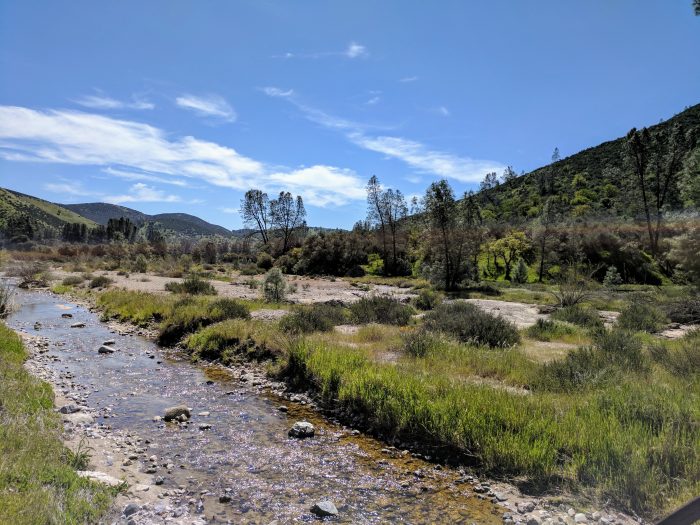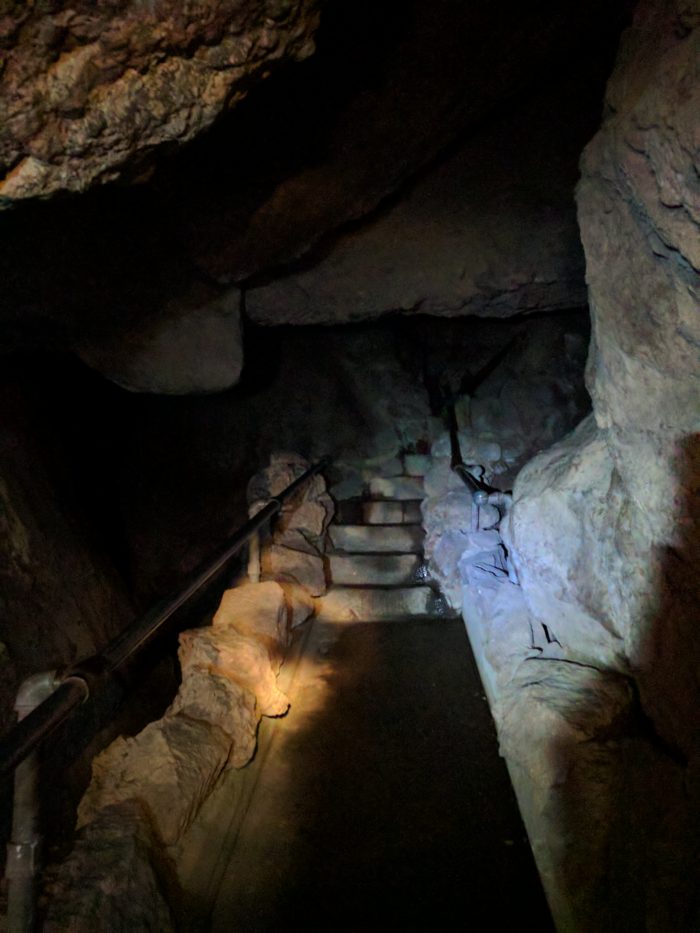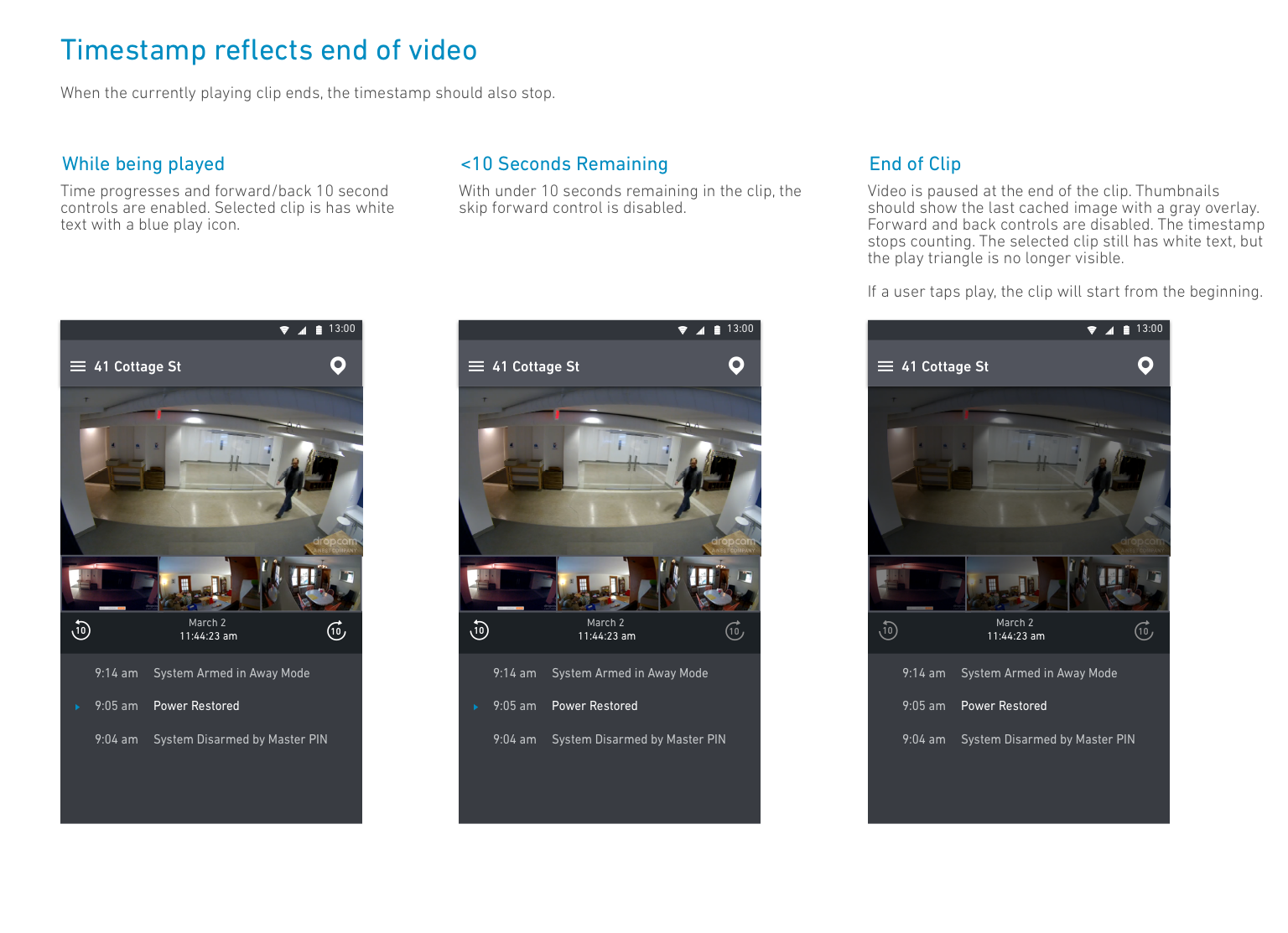Most places won’t serve this to you for a few very good reasons,” Will said to me as he delicately placed a raw egg yolk into a small shooter glass on the bar before me, sliding it along a spoon into the awaiting layered liqueurs. As instructed, I sipped on the egg whites and bitters that adorned the top of the drink, drank the next layer of brandy to steel myself, and, with one swift motion, took the remaining Curaçao and egg yolk into my mouth. There was no going back. Time to drink.
Drink. So many connotations for such a small word. I drink orange juice in the morning, drink a glass of red wine at night, drink beer at frat parties, and drink shots at pregames, but the best Drink is the bar. With no sign outdoors, no marker on the entrance, and only a tiny black sign at the bottom of the staircase to remind the regulars, Drink is a bar that is just as elusive as the Knickebein I was about to consume. Winner of the 2010 Tales of the Cocktail, a national bar competition held annually in New Orleans, Drink has created a name for itself and is quickly becoming the go-to bar for industry professionals visiting Boston.
As a part of Barbara Lynch’s family of incredible Boston restaurants, Drink breaks some of the most standard rules in the traditional bar handbook. Located beneath another one of Lynch’s restaurants, Sportello, Drink hearkens back to the days of speakeasies and secret retreats from a chaotic world. You descend the stairs and proceed through a door into a world where every aspect of the bar is coordinated to create the perfect cocktail experience. Solid black counters line the brick walls and the three U-shaped bars extend outward beneath the windows looking up onto the sidewalk above. Behind the bar lie not rows upon rows of various alcohols, but glass bowls of lemons, limes, and oranges, and the necessary tools to turn separate ingredients into one amazing cocktail.
Entering Drink is like falling down the rabbit’s hole. Every turn and twist sends you into a new adventure of alcoholic exploration. It’s almost like one of those choose-your-own-adventure books; you begin your evening’s experience by telling the bartender your favorite alcohols or flavors, and each of the knowledgeable bartenders is able to transform your unsure words into the perfect drink you never knew you loved. I’ve brought friends who have started by the night by requesting “something that tastes like rainbows and unicorns” and others who have simply asked for an Old Fashioned. After a few questions about whether you like things sweet or bitter, fruity or savory, stirred or shaken, Drink’s specialists are off to create a unique cocktail just for you.
This interaction between the bartender and the customer is truly what sets Drink apart from most bars and restaurants in Boston. Instead of fighting your way to the front of the bar only to yell out, “RUM AND COKE!” at the top of your lungs, you are treated like a friend who is stopping by to hang out for the evening. A simple folded white cloth and a glass of water mark your place at the bar while your bartender pulls the necessary ingredients from beneath the bar and begins to work his magic.
While I’ve been referring to the staff at Drink as bartenders, they would more aptly be described as mixologists. Creating drinks is as much an art form as it as a profession, and the mixologists at Drink demonstrate this well, perfecting the traditional cocktails such as Daiquiris or Manhattans with love, while experimenting at an individual level with each and every order. A well-made cocktail is delicious, but nothing beats the experience of sitting in a dimly lit underground Mecca of mixology, watching some of the best bartenders in the world create your personalized drink right before your very eyes.
One night, after starting with a delicious St. Germaine cocktail followed by a cucumber-infused gin drink, my friend and I were itching to try something a bit more adventurous. Before us, Will, the bartender, had just placed half an eggshell into a glass and was carefully sliding the yolk into it, saving it to add to the drink he was making. He added a few liqueurs to a shooter and then slid the egg in, placing it before the man sitting to our right. Amazed, we looked on in disbelief as he sipped the drink and contemplated the yellow yolk staring back at him. The yolk won, and the man refused the rest of the drink.
My friend and I looked at each other, and, without a single word, we accepted the challenge. We would conquer the egg yolk drink and live with whatever consequences we would have to face. So there we were, eyes wide with a combination of fear and exhilaration, as we took the raw yolk into our mouths, broke it with our tongues, and drank.
As published in the Tufts Observer




